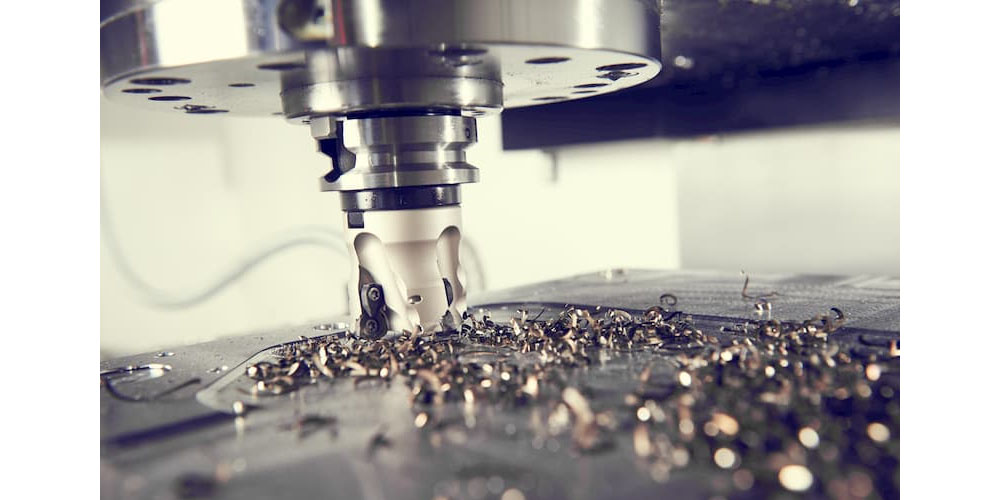3ERP is the go-to company for machining parts. The company offers a wide range of CNC machining services like milling, turning, and surface grinding. 3ERO guarantees excellence, efficiency, and high-quality services. As a CNC machining expert, the company provides various CNC machining operations. This post explains what you can expect from these processes.
Popular forms of CNC machining operations
There are three primary forms of CNC machining processes. They are;
1. Milling
CNC milling is perhaps the most common operation in the CNC machining industry. In CNC milling, rotating cutting tools are employed to remove materials from a workpiece at different points. It can create complex 3D shapes and a wide range of products used in various industries. CNC milling is used to produce plastic and metal products. There are multiple CNC milling forms, which limit the production options.
Multi-axis milling machines are the most popular because they are versatile and accurate. They are also repeatable and can quickly make dozens of products. Multi-axis milling machines can manufacture parts with complex geometries and features. CNC milling is also used for making other machining parts like tools used for pressure die casting.
2. Drilling
Drilling is a CNC machining operation that uses multi-point drill bits to make cylindrical holes on a material. In CNC drilling, the workpiece does not move. Instead, the cutter moves and makes cylindrical holes at different workpiece parts. The holes produced by CNC drilling machines are typically used for machine screws and bolts. However, the holes can also be used for aesthetic purposes, depending on the product and manufacturing process.
The size, diameter, and length are usually determined in the CAD model designs. Drilling is a complex process applied on various CNC machines like lathes and milling machines. Therefore, there is no limit to the application of CNC drilling, among other CNC machining operations. It is mainly executed for mass production.
3. Turning or lathes
CNC lathes, also known as CNC turning, is a machining process that implements one-point cutting tools for removing materials from a workpiece. The primary difference between drilling and turning is that in turning, the workpiece rotates, while in drilling, the workpiece is usually stationary. Another difference is that CNC turning machines do not cut holes into workpieces. Instead, they cut around the workpiece.
CNC turning produces cylindrical and circular parts. The parts typically have external and internal features, usually designed in the CAD model design process. Turning machines conduct processes that influence the internal and external components of a product. The fact that the workpiece is stationary enhances accuracy and faster production of round parts. There are various types of CNC lathes machines. They are categorized depending on the design and production process.
Final word
More often than not, companies outsource their CNC machining needs. When choosing a CNC machining service provider, like 3ERP, some of the things you must consider are; experience, equipment, and the turnaround. The trick is to employ an experienced company that uses top-notch and advanced equipment to deliver a fast turnaround.
